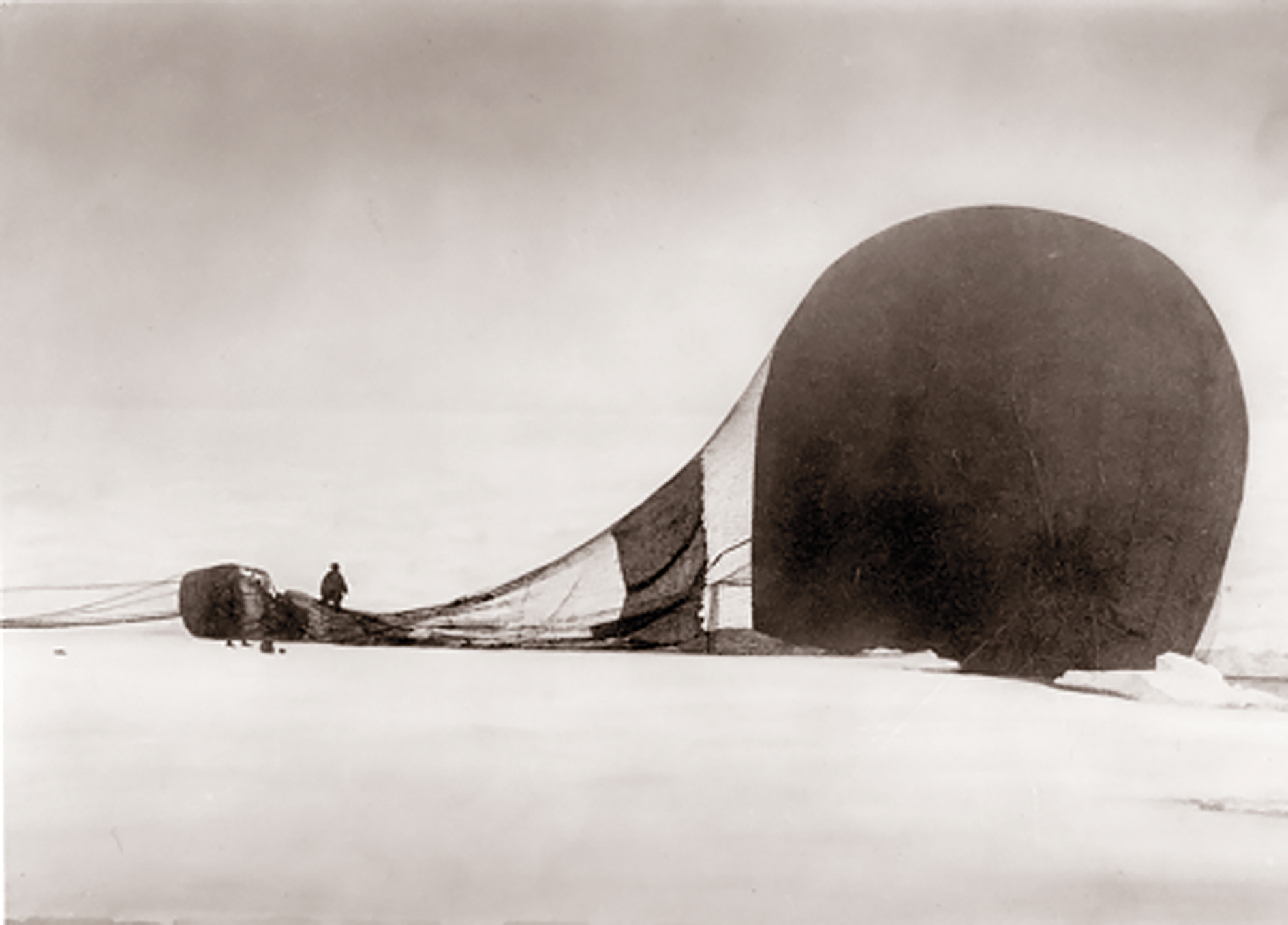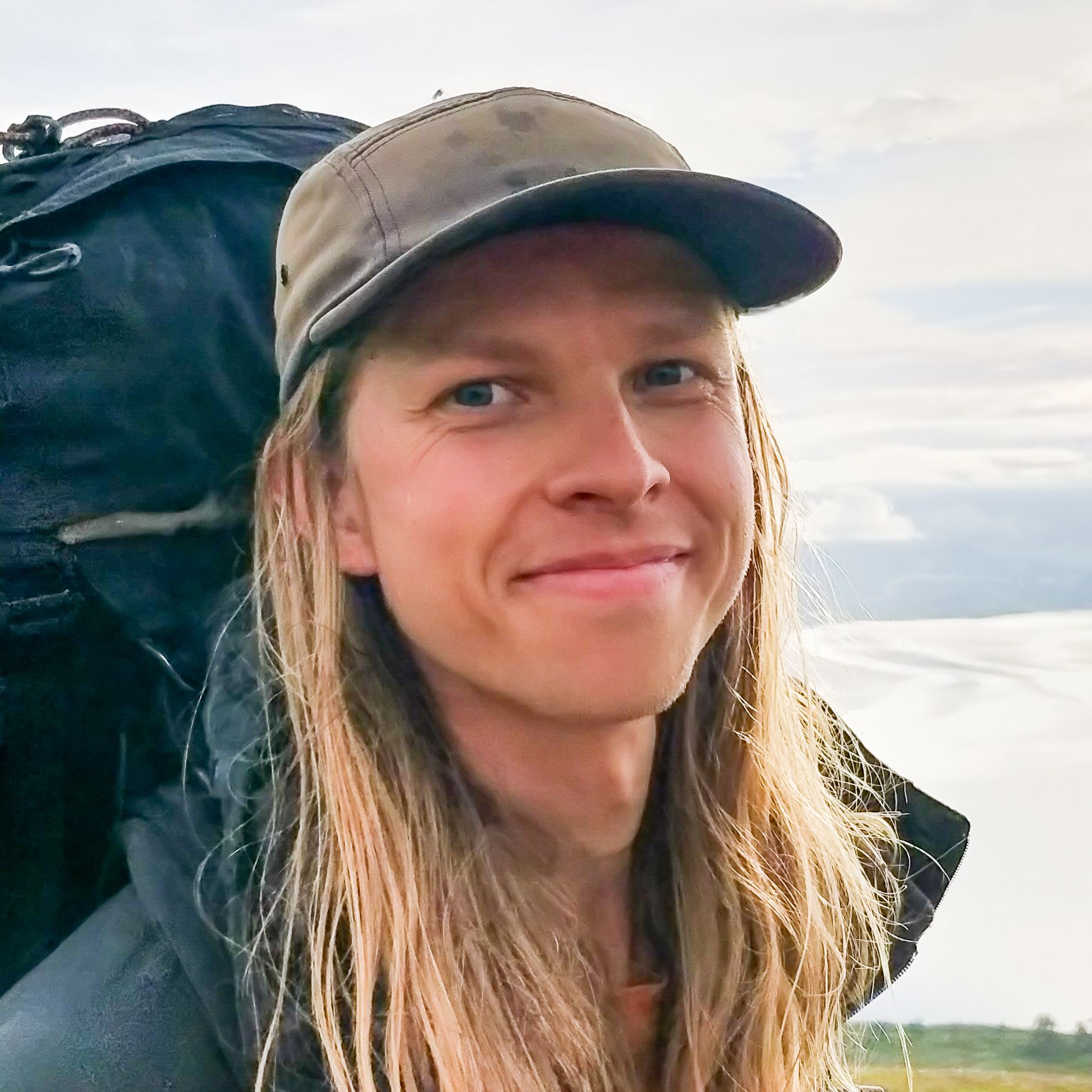

PRIMUS
33 years in the ice
For many years engineer Andrée’s missing North Pole expedition was an unsolvable riddle, subject to many rumors and extensive myth-making. In 1930, there is an end to the speculations, when the crew of the Norwegian seal trawler Bratvaag accidentally docks at Kvitøya near Svalbard. At that time, Kvitøya is surrounded by a wide polar ice cover and is normally impossible to reach. This summer the temperature is unusually high and two of the seal hunters go ashore to search for water.
On the island they make a sensational discovery. They find a frozen boat full of equipment and a boat hook marked “Andrées pol.exp 1896”. Upon closer inspection two of the expedition member’s remains are discovered. The astonishing find becomes the prelude to what, at the time, is an unparalleled media storm. A few Norwegian Journalists, who do not succeed in being the first to interview Bratvaag’s crew, investigate the place on their own. Now the ice on Kvitøya has melted even more and the third body, in almost intact condition, is found together with films, clothing fragments, logbooks and maps. The bodies’ solemn return to Stockholm triggers extensive national grief.
Now it is important to handle the unique expedition material with the utmost care. Some of Norway’s and Sweden’s most skilled scientists are appointed for the difficult task. One of the diaries is wrapped in hay, a solution at the time to keep your feet dry. The dried diary pages are carefully separated with ammonia and a gripping story about the men’s fight against the ice appears on the pages. The task of developing the films turns out to be extremely complicated but ultimately results in veiled photographs portraying how the heavy boat is dragged over the ice. The equipment also includes a Primus stove with kerosene left in the burner. After arriving in Stockholm, the kitchen is filled with new kerosene and can, despite its 33 years in the ice, “bring a liter of water to boil in 6 minutes”.
A modern adventurer with experience of expeditions in cold temperatures is Ola Skinnarmo. He has sailed to Antarctica and is the first Swede to reach both the North and South Poles in skis. In 2002 he went kayaking around Svalbard in Andrée’s footsteps to Kvitøya. After his visit to “the most inhospitable place imaginable”, Ola is one of those who say that it was not surprising that Andrée and his companions died, but on the contrary - that they survived as long as they did.
Large parts of Andrée’s expedition equipment are nowat Grenna Museum outside Jönköping, Sweden. Some of the equipment, including the Primus stove is most certainly usable even to this day. Despite all the well-preserved and astonishing findings, research has not yet succeeded in proving an answer to exactly what happened to the trio after the balloon crash near the North Pole.
February 07 2022






